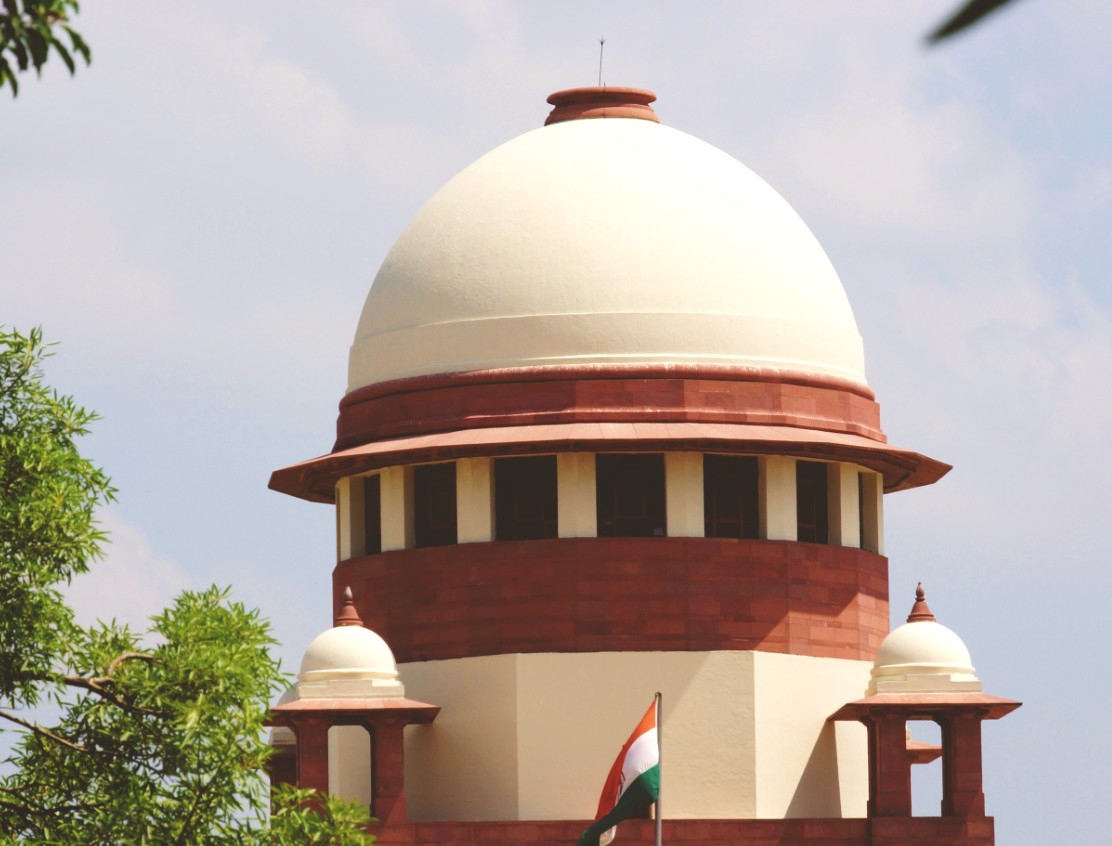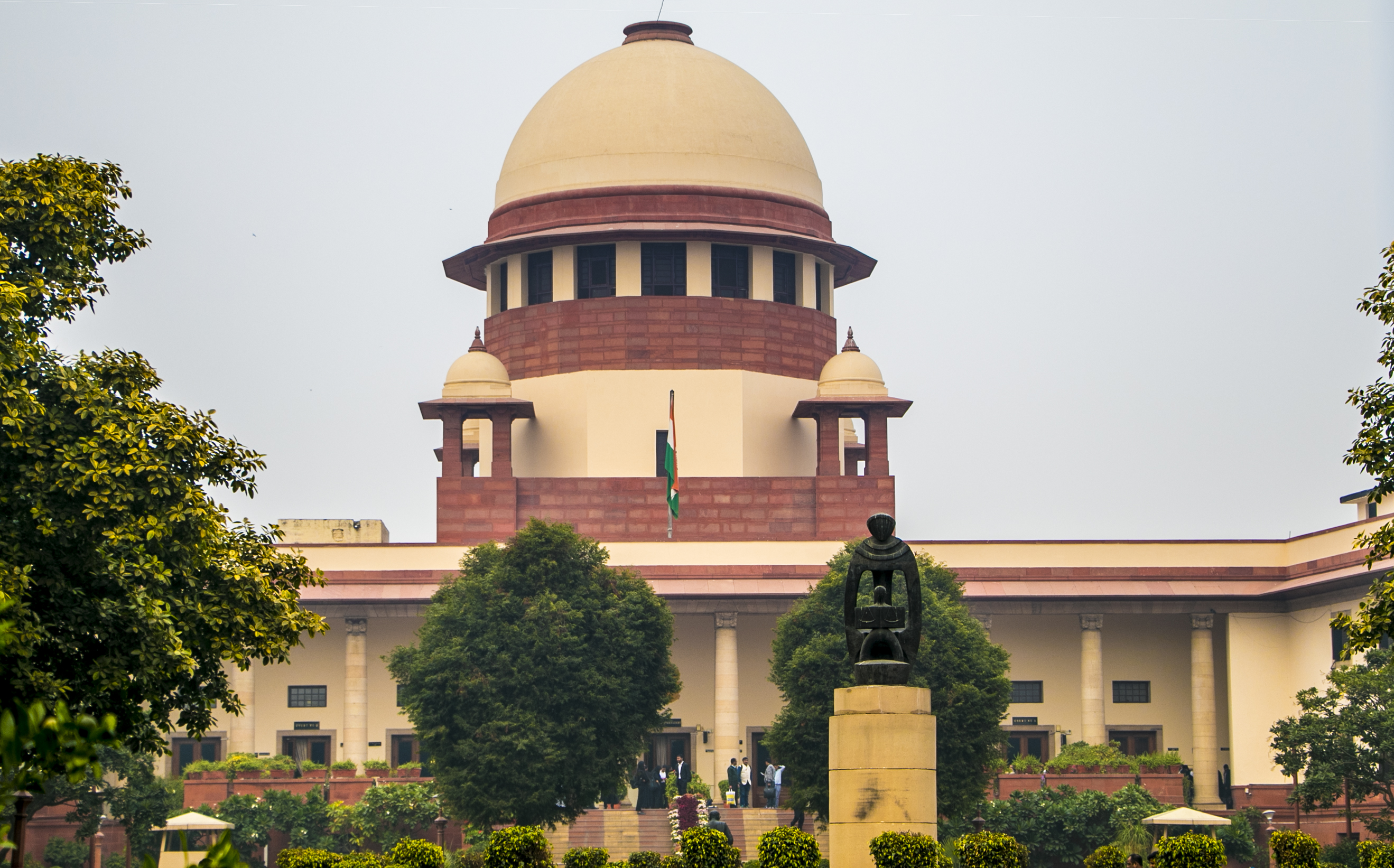InCriminal Appeal No. 1012 of 2022 -SC- ‘If two accused persons are charged with same offence & there is identical evidence against them, court cannot convict one accused while acquitting the other’: SC acquits accused in Ahmedabad mob violence case citing ‘principle of parity’
Justice Abhay S. Oka & Justice Sanjay Karol [13-09-2023]

Read Order: Javed Shaukat Ali Qureshi v. State of Gujarat
Chahat Varma
New Delhi, September 14, 2023: In a recent landmark ruling, the Supreme Court has acquitted accused individuals in the Ahmedabad mob violence case dating back to 2003. The topcourt emphasized that criminal court should decide like cases alike, and the court cannot draw distinctions between two accused individuals in such a way that it would amount to discrimination.
In the present case, an incident had occurred on November 7, 2003, in Ahmedabad's Shah Alam area, where a large crowd had gathered and had engaged in criminal activities. Theaccused individuals, were convicted for the offences punishable under Section 396 read with Section 149, Section 395 read with Section 149, Section 307 read with Section 149, Section 435 read with Section 149 and Section 201 read with Section 149 of the Indian Penal Code, 1860.
The division bench of Justice Abhay S. Oka and Justice Sanjay Karol made a significant observation regarding the appellant's case, highlighting that PW-2 was the sole witness implicating the appellant. They noted that the testimony of PW-2, considering its nature, couldn't be deemed wholly reliable. Several reasons contributed to this doubt. Firstly, PW-2 did not have prior knowledge of the appellant. Secondly, the appellant was part of a large and aggressive mob comprising 50 to 100 people surrounding the auto-rickshaw. Thirdly, there had been no identification parade conducted, and fourthly, PW-2 had insufficient time to observe and note the distinctive features of the appellant. Consequently, the bench deemed it unsafe to conclude, based solely on the testimony of this solitary witness, that the appellant's guilt had been proven beyond a reasonable doubt.
The bench further stated that when there are similar or identical evidence from eyewitnesses implicating two accused individuals with the same or similar roles in an incident, the court cannot convict one accused while acquitting the other. In such instances, the principle of parity applies.
The bench also emphasized that the jurisdiction under Article 136 of the Constitution can be invoked in favour of a party, even suo moto, when the court is convinced that compelling grounds for its exercise are present.
Therefore, the bench held that accused numbers 1, 5, and 13 had been convicted solely based on the testimony of PW-25 and PW-26, but they were acquitted because the court found the testimony of these witnesses to be unreliable. To ensure parity and avoid a violation of the fundamental rights guaranteed to accused numbers 3 and 4 under Article 21 of the Constitution, the same relief should be extended to them. The bench stressed that the suo motu exercise of powers under Article 136 was warranted in this case, as it pertained to the liberty of the two accused individuals, a matter protected by Article 21 of the Constitution.
The bench further asserted that the case of accused number 2 was in a similar position to that of accused numbers 1, 5, and 13, who had been acquitted by the court. Accordingly, the bench held that accused number 2 should also receive the benefit of parity.
Sign up for our weekly newsletter to stay up to date on our product, events featured blog, special offer and all of the exciting things that take place here at Legitquest.




Add a Comment